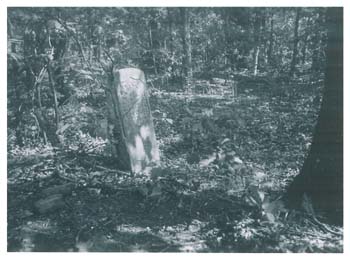Gillon’s Retreat

Commodore Alexander Gillon “settled on the Congaree River near Totness in St. Matthews, Orangeburgh District” in 1787. He named his home “Gillon’s Retreat” and spent a great deal of time and money “embellishing the house with taste and elegance.” The garden, planned with the aid of his wife’s father, the Reverend Henry Purcell of Charleston, was equal in beauty to the house.
The mansion was constructed along the same lines of most architecture of the period. The building was raised high off the ground with the bottom section being used as a kitchen and the upper section as living quarters. The upper part of the house had a wide piazza; a large hall ran from the piazza into all the inside of the house, and the bedrooms opened into the hall. There were tall, white columns on both the upper and lower sections of the house. The columns were not ornate, but rather demonstrated the simple beauty of the Greek revival which was taking place in architecture of that time.
Before moving to this area, Commodore Gillon served as the first Commodore of the South Carolina Navy and commanded the frigate South Carolina. A wealthy mercantile shipper-trader in Charleston, he organized the Charleston Chamber of Commerce, serving as its first president. Mr Gillon served in all phases of public life including Congressman from the Second District.
Gillon died at “Gillon’s Retreat” in 1794 and was buried on the property. When he died, he still owed money from the losses he incurred during his term as Commodore of the South Carolina Navy. One of his creditors’ sons obtained judgment and sold “Gillon’s Retreat.” The creditor’s son, a Buyck of Amsterdam, bought into the property, and the plantation remained in the hands of the Buycks for generations after. The mansion was destroyed by fire, probably during the Civil War.